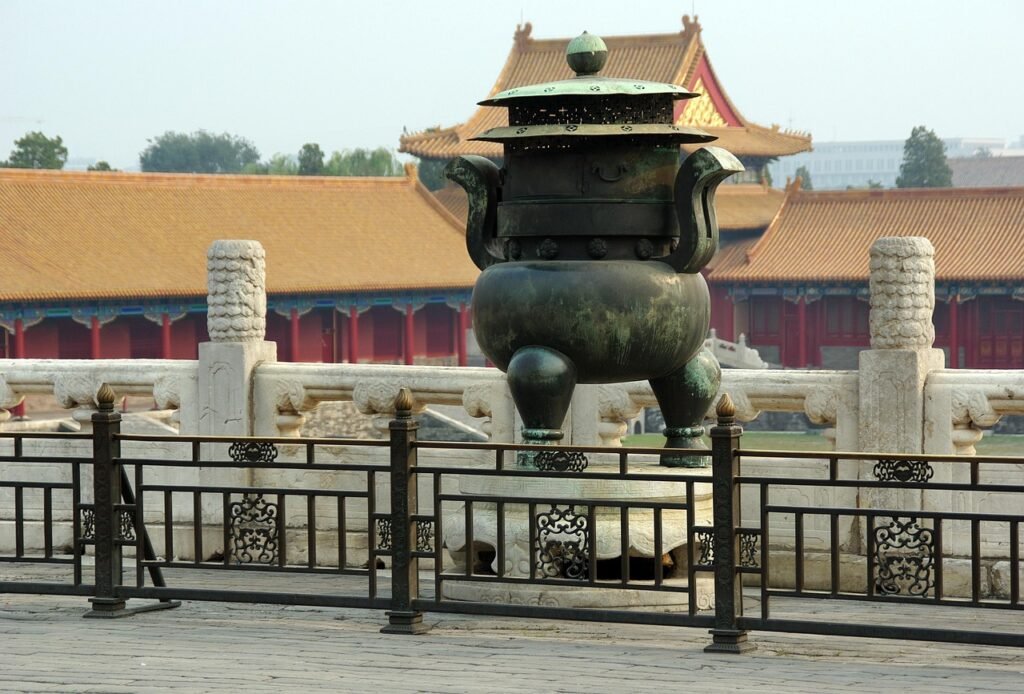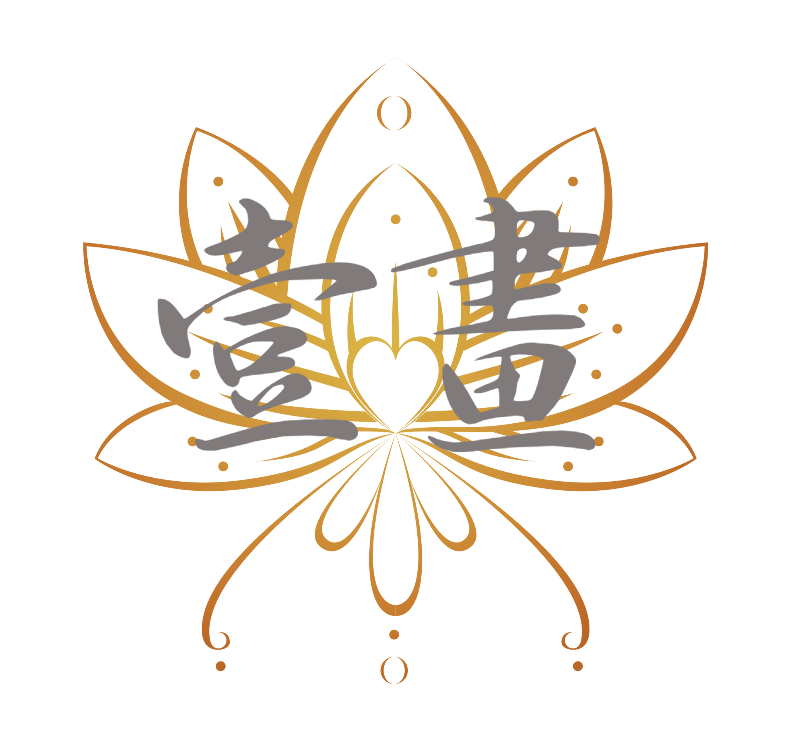1. The Origins: Incense in Prehistoric and Early Dynastic China (Before 221 BCE)
The use of incense in China dates back to the Neolithic Age (6000+ years ago), when people burned wood and herbs in sacrificial rituals to honor deities and ancestors. Archaeological evidence suggests that early Chinese civilizations used fragrant plants in burials and ceremonies to communicate with the spiritual realm.
By the Shang Dynasty (1600–1046 BCE), oracle bone inscriptions included the character “柴 (chái)”, meaning “handheld burning wood for worship.” This marked the formalization of incense in religious rites. During the Zhou Dynasty (1046–256 BCE), incense was used in “柴祭 (chái jì)”—a ritual where bundled wood, jade, and silk were burned to produce sacred smoke, believed to carry prayers to heaven.
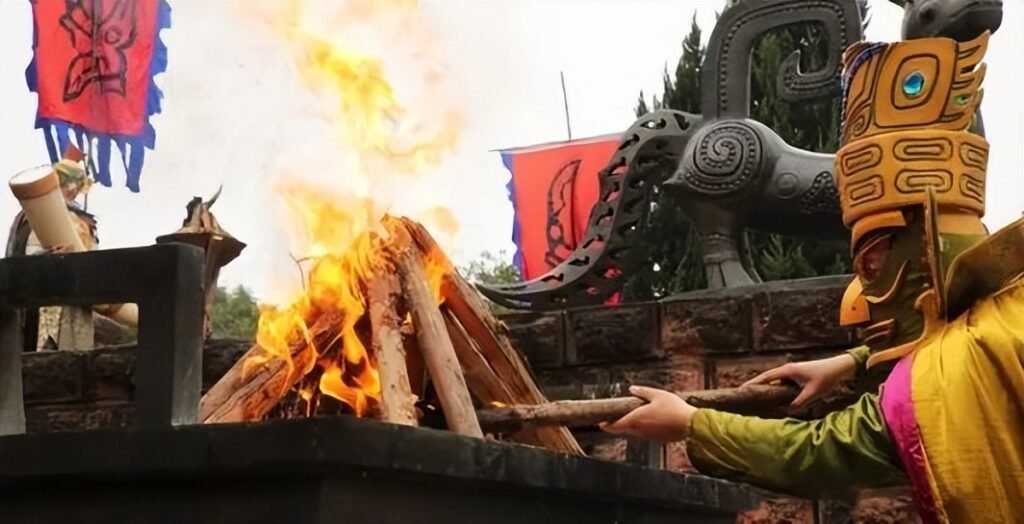
2. The Han Dynasty (202 BCE–220 CE): Expansion and Foreign Influence
The Han Dynasty was a turning point for Chinese incense culture. Emperor Wu’s military campaigns and diplomatic efforts opened the Silk Road, facilitating the import of exotic spices and resins from Central Asia, India, and Southeast Asia.
- Aromatic treasures like frankincense, myrrh, and sandalwood entered China, enriching local incense-making techniques.
- Incense was no longer limited to rituals; it became a luxury item among nobles for personal fragrance and medicinal use.
This era laid the foundation for incense as both a spiritual and secular commodity.
3. The Six Dynasties (220–589 CE): The Rise of Refined Incense Culture
During the turbulent Six Dynasties period, incense evolved into an art form embraced by scholars, poets, and aristocrats.
- Buddhism and Daoism flourished, integrating incense into meditation and temple rituals.
- Blended incense (合香 hé xiāng) became popular, combining multiple fragrances for a harmonious scent.
- The elite class used incense to purify living spaces, enhance poetry sessions, and signify social status.
This period marked the transition from simple burning rituals to a sophisticated cultural practice.
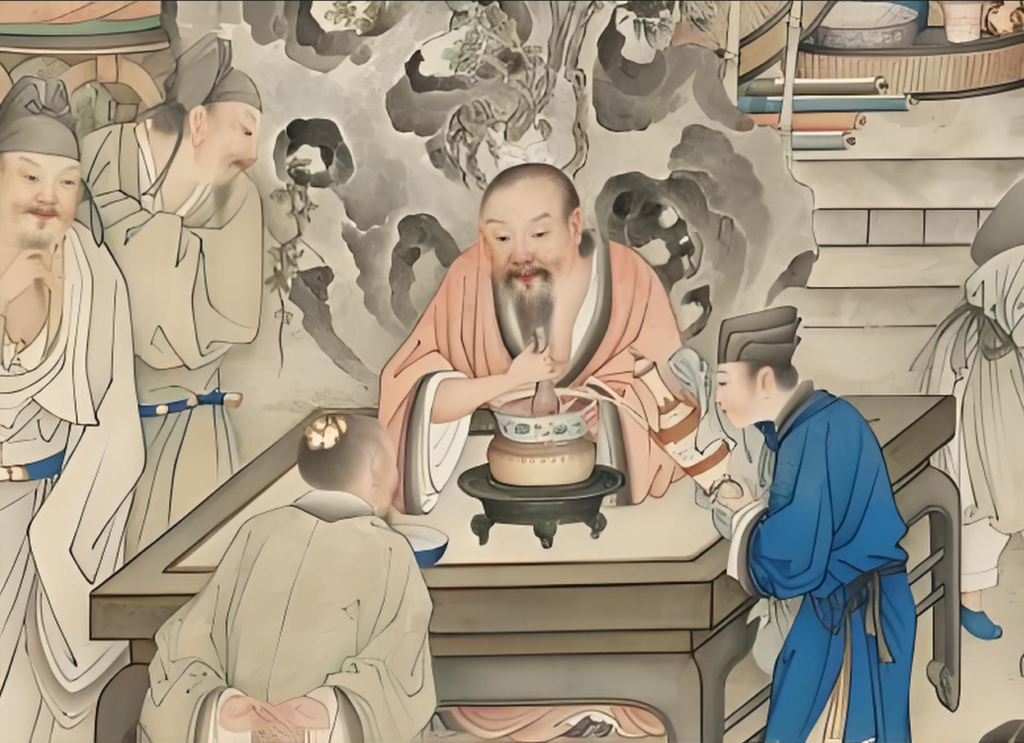
4. The Tang Dynasty (618–907 CE): The Golden Age of Incense
The Tang Dynasty was a peak of Chinese civilization, and incense culture thrived in grandeur.
- The imperial court used luxurious imported fragrances in ceremonies and daily life.
- Incense-making became a refined craft, with recipes recorded in manuals.
- Poets like Li Bai and Bai Juyi wrote about incense, associating it with elegance and spiritual depth.
- Exquisite incense burners were crafted from gold, silver, and porcelain, reflecting the dynasty’s artistic brilliance.
Incense was no longer just a ritual tool—it became a symbol of wealth, sophistication, and artistic expression.
5. The Song Dynasty (960–1276 CE): The Pinnacle of Incense Culture
The Song Dynasty is considered the golden age of Chinese incense culture, where it permeated all levels of society.
- The government regulated the incense trade through taxation and monopolies.
- “Four Arts of the Scholar” — incense appreciation, tea drinking, flower arranging, and painting—became essential to cultured life.
- Incense competitions were held among nobles to judge the finest blends.
- Buddhist temples used incense extensively in meditation and ceremonies.
This era solidified incense as an indispensable part of Chinese heritage.
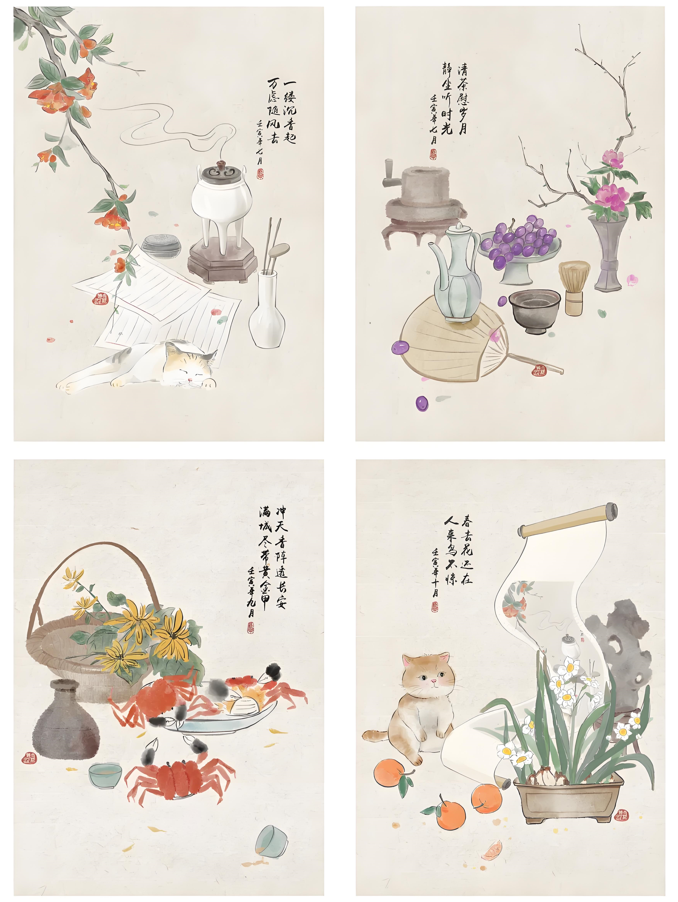
6. The Yuan, Ming, and Qing Dynasties (1271–1912): Continuation and Popularization
After the Song Dynasty, incense culture remained strong but became more widespread.
- Yuan Dynasty (1271–1368): Despite Mongol rule, incense traditions persisted in temples and elite households.
- Ming Dynasty (1368–1644): Incense use expanded to weddings, tea houses, and theaters.
- Qing Dynasty (1636–1912): Aromatic woods like agarwood (沉香) became highly prized, and incense was used in traditional medicine.
However, by the late Qing era, wars and modernization led to a decline in traditional incense culture.
7. Modern Revival: The Return of Incense Culture
In the 20th century, incense was mostly confined to temples and rituals, losing its broader cultural significance. However, in recent decades, a revival has taken place:
- Spiritual and wellness movements have reignited interest in incense for meditation and relaxation.
- High-quality, natural incense is now sought after, free from synthetic additives.
- Artisans and historians are working to preserve traditional incense-making techniques.
For businesses in the Buddhist and spiritual supplies industry, this presents an opportunity to offer authentic, premium incense that aligns with ancient traditions.
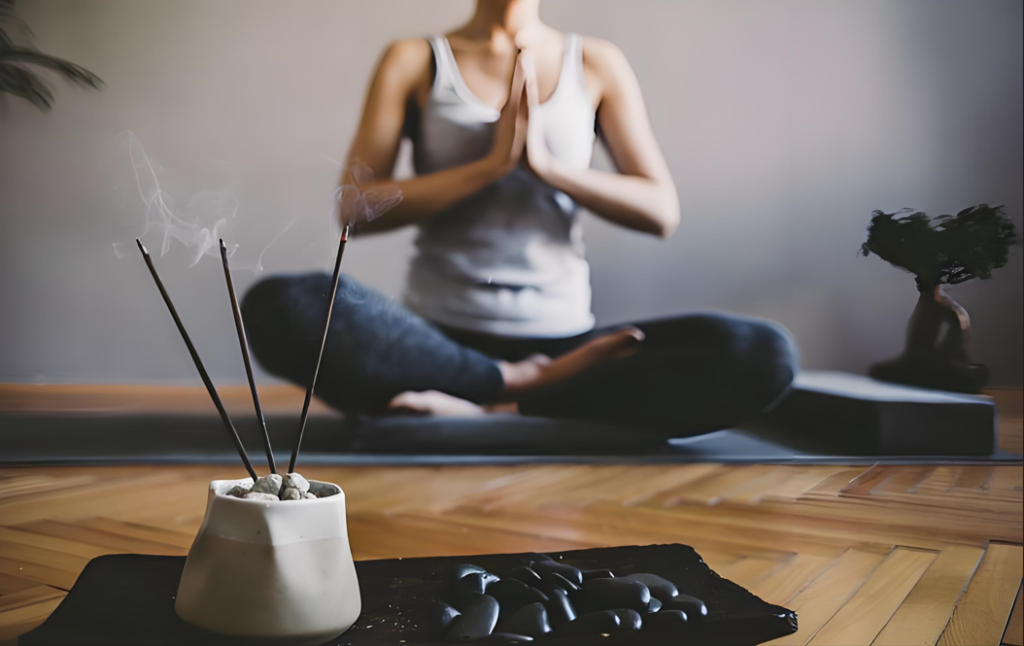
From ancient sacrificial rites to modern mindfulness practices, Chinese incense culture has endured for millennia. Its journey reflects China’s spiritual, artistic, and philosophical evolution.
.png)
